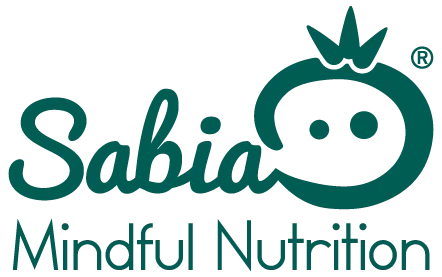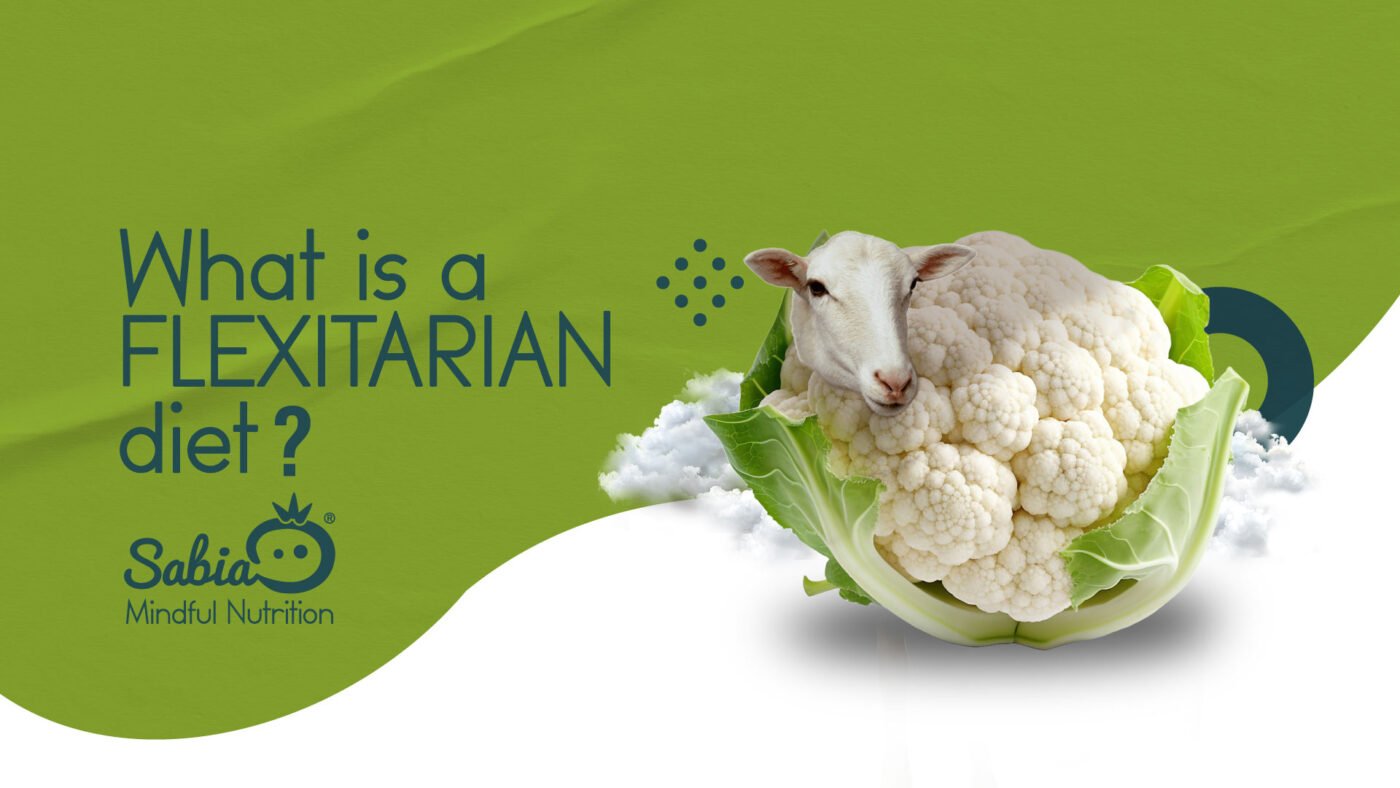Health, Lifestyle, Nutrition, Uncategorized
What is a flexitarian diet? A Balanced Approach to Eating
The flexitarian diet has gained popularity in recent years as a flexible and sustainable approach to healthy eating. This article will explore the diet’s benefits and how to incorporate it into your lifestyle.
Understanding the Flexitarian Diet
The term “flexitarian” combines “flexible” and “vegetarian,” describing a diet that emphasizes plant-based foods while allowing occasional meat consumption. Unlike strict vegetarian or vegan diets, flexitarianism offers a more adaptable approach to reducing meat intake without eliminating it.
Key Principles of Flexitarianism
- Plant-centric meals: Most of your diet comprises fruits, vegetables, whole grains, and plant-based proteins.
- Flexible meat consumption: Meat is consumed occasionally, typically in smaller portions.
- Focus on whole foods: Processed foods are minimized in favor of natural, nutrient-dense options.
- Sustainability: Emphasis on environmentally friendly food choices.

Benefits of a Flexitarian Diet
Adopting a flexitarian lifestyle can offer numerous health and environmental benefits:
Health Benefits
- Weight management: Plant-based diets are often lower in calories, making weight control easier.
- Reduced risk of chronic diseases: Studies show a lower risk of heart disease, diabetes, and certain cancers.
- Improved digestive health: Higher fiber intake supports gut health and regular bowel movements.
- Better nutrient profile: Increased intake of vitamins, minerals, and antioxidants from plant sources.
Environmental Benefits
- Reduced carbon footprint: Lower meat consumption decreases greenhouse gas emissions.
- Conservation of resources: Plant-based foods generally require less water and land to produce.
- Biodiversity protection: Reduced demand for animal agriculture helps preserve natural habitats.

How to Adopt a Flexitarian Diet
Transitioning to a flexitarian diet can be gradual and tailored to your preferences:
- Start with Meatless Mondays: Designate one day a week for plant-based meals.
- Gradually reduce meat portions: Make meat a side dish rather than the main focus.
- Explore plant-based proteins: Experiment with beans, lentils, tofu, and tempeh as meat alternatives.
- Embrace variety: Try new fruits, vegetables, and whole grains to keep meals interesting.
- Plan your meals: Prepare plant-based meals in advance to ensure balanced nutrition.
You might also be interested in this article: The Power of Anti-Inflammatory Oils: Why Sabia Nutrition Chooses Avocado and Olive Oil
Flexitarian Meal Ideas
Here are some delicious flexitarian meal suggestions:
- Breakfast: Overnight oats with fresh berries and nuts
- Lunch: Quinoa salad with roasted vegetables and chickpeas
- Dinner: Lentil and vegetable curry with brown rice (add optional grilled chicken for non-vegetarian days)
- Snacks: Hummus with carrot sticks, apple slices with almond butter
Nutritional Considerations
While a flexitarian diet can be very nutritious, pay attention to these key nutrients:
- Protein: Ensure adequate intake through plant sources like legumes, nuts, and seeds.
- Iron: Combine plant-based iron sources with vitamin C-rich foods for better absorption.
- Vitamin B12: Consider fortified foods or supplements, especially if significantly reducing animal products.
- Omega-3 fatty acids: Include sources like flaxseeds, chia seeds, and walnuts, or consider fish on non-vegetarian days.
Challenges and How to Overcome Them
- Social situations: Communicate your dietary preferences to hosts or choose flexibly when dining out.
- Cravings for meat: Satisfy umami cravings with mushrooms, fermented foods, or small portions of meat when needed.
- Meal planning: Use recipe apps or cookbooks specializing in plant-based meals for inspiration.
- Family acceptance: Gradually introduce plant-based meals and involve family members in meal planning and preparation.
You might also be interested in this article: The Ketogenic Diet: A Comprehensive Guide to Weight Loss and Better Health
Is Flexitarianism Right for You?
The flexitarian diet suits those who:
- Want to reduce meat consumption without completely giving it up
- Are interested in the health benefits of a plant-based diet
- Care about environmental sustainability
- Prefer a flexible approach to eating
However, it may not be ideal for those with specific nutritional needs or who prefer more structured dietary guidelines.
The flexitarian diet offers a balanced and sustainable approach to eating that can benefit both personal health and the environment. Gradually increasing plant-based foods while allowing occasional meat consumption provides a flexible framework that can be adapted to various lifestyles and preferences. Whether you are looking to improve your health, reduce your environmental impact, or explore new culinary options, the flexitarian diet offers a practical and enjoyable path to mindful eating.
Remember, as with any significant dietary change, it’s advisable to consult with a healthcare professional or registered dietitian to ensure that your new eating plan meets your individual nutritional needs.



